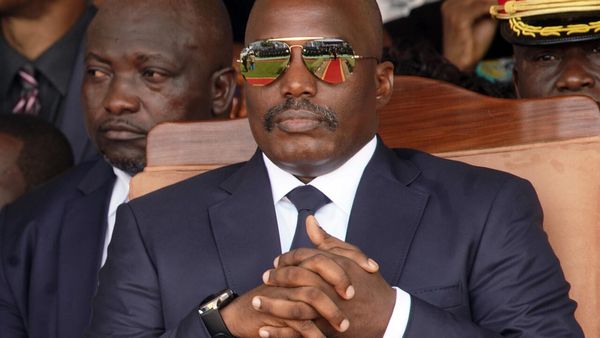
Henry Moore, the son of a coalminer, would never have created great works of art if he had not received a gift of financial aid as a young man.
A survivor of the battlefields of the first world war, he returned to his hometown of Castleford, West Yorkshire, believing he would become a school teacher. But the intervention of a former art mistress led him to apply for an ex-serviceman’s grant.
Now the foundation set up by the late British sculptor is to make 50 special rescue payments, the first it has ever given in response to a cost of living crisis, to help keep talented artists in food, heating and materials.
“We are at a critical point,” said Godfrey Worsdale, director of the Henry Moore Foundation. “Can you imagine trying to keep a studio warm now? Many sculptors just wear lots of coats at the best of times and can’t afford to put a little heater on. The rise in prices is affecting everyone, but what the heck do you do if you don’t have a regular monthly paycheque coming in?”
The foundation is awarding rapid response grants totalling £100,000 in an emergency it judges is posing as grave a threat as the pandemic to creativity. The payments aim to “alleviate financial pressures resulting from the cost of living crisis and the recent funding cuts to the arts” and are “unrestricted”, meaning sculptors can use the money in any way.
“It’s very easy to say that great artists will manage somehow and that quality work always emerges. But it’s romantic nonsense,” said Worsdale.
“Moore’s teacher, the brilliant Alice Gostick, had already enthused him about art as a schoolboy. And later she pointed out a grant route for him. It’s highly unlikely we’d have his work without this financial assistance. He went on to study art at Leeds College and this, combined with his single-mindedness, set him on the path.”
Moore, who was born 125 years ago, the seventh child of eight, is one of the best known artists of the modern age. But a timely bit of financial assistance helped him more than once. “Moore won a second award from a very different, curious source,” said Worsdale.

“He received a Royal Exhibition scholarship from the fund set up after the huge success of a national exhibition displaying Queen Alexandra’s wedding gifts to the nation, and this enabled him to go on to the Royal College. He never forgot these two bits of help.”
The artists receiving grants now in his name were nominated by panels representing each region of the UK and Northern Ireland, and they used an expanded definition of sculpture, reflecting the wide range of materials and approaches now used.
In Lancashire, Jocelyn McGregor spoke of his “huge relief”, adding, “while my career has built momentum in recent years and I’ve just completed my first public sculpture, the costs have risen astronomically. My career – like that of many artists I know – feels just as precarious as it was before, if not more so.”
Fern Thomas, in Swansea, said she could now “come up for air”, while in Hull, Samantha Jane Larter explained she had “had to turn down artist residences due to the cost of travel or accommodation”. Another recipient is Enam Gbewonyo, a British-Ghanaian artist and curator who lives and works in London. She is also the founder of a platform that supports black female artists.
In the 1970s, Moore decided to set up a fund to support artists who were not making enough to survive and a series of donations went out during the Covid lockdown.
“Sculptors were suddenly unable to do the extra jobs that had supported them. This time British artists are suddenly facing an equivalent threat,” said Worsdale, adding that the patronage the Medici family gave the Renaissance sculptor Donatello was still benefitting the world now, 500 years on.
“So, it’s not about this year’s bottom line. Art doesn’t often work with that kind of timeframe. The gifts we give now may not benefit anyone for 10 years. It’s a question of investing in society.”







